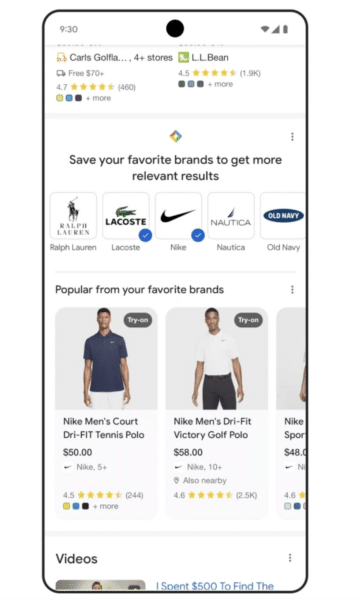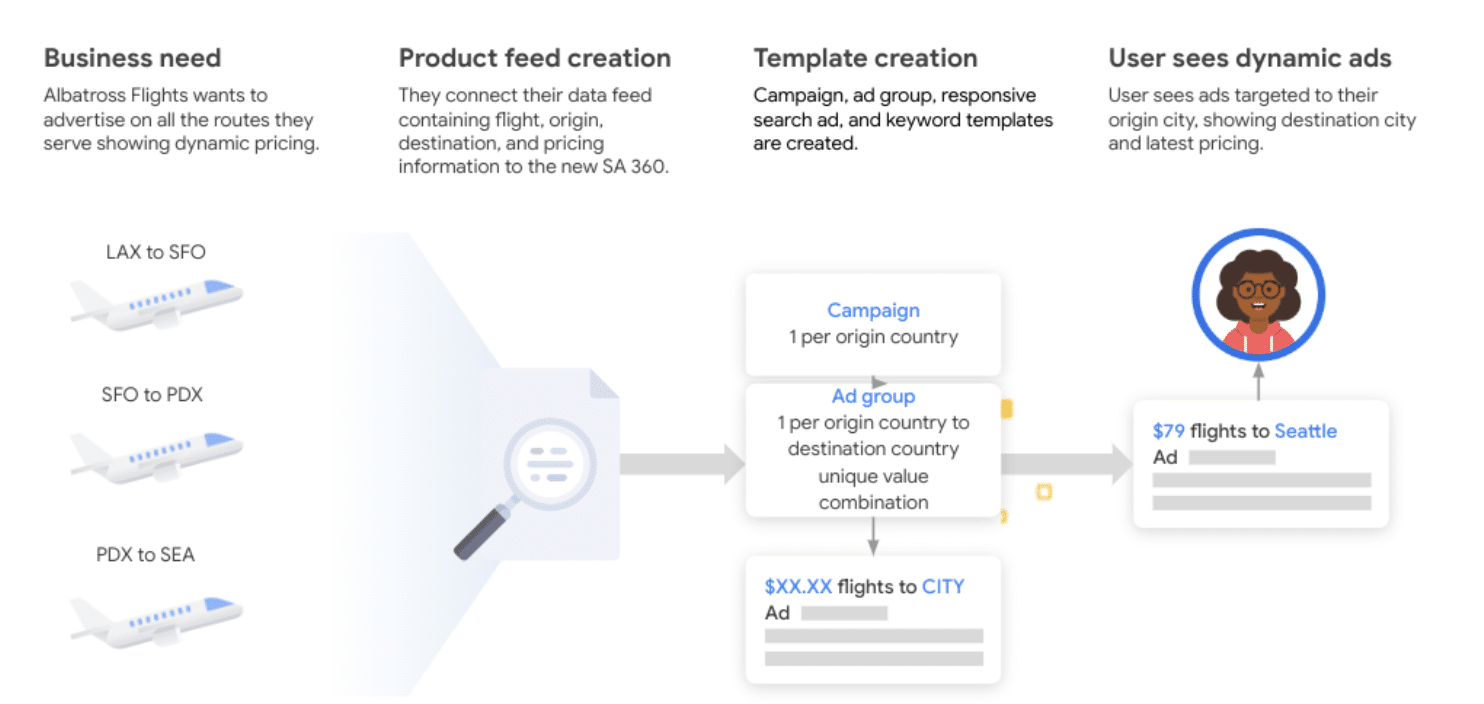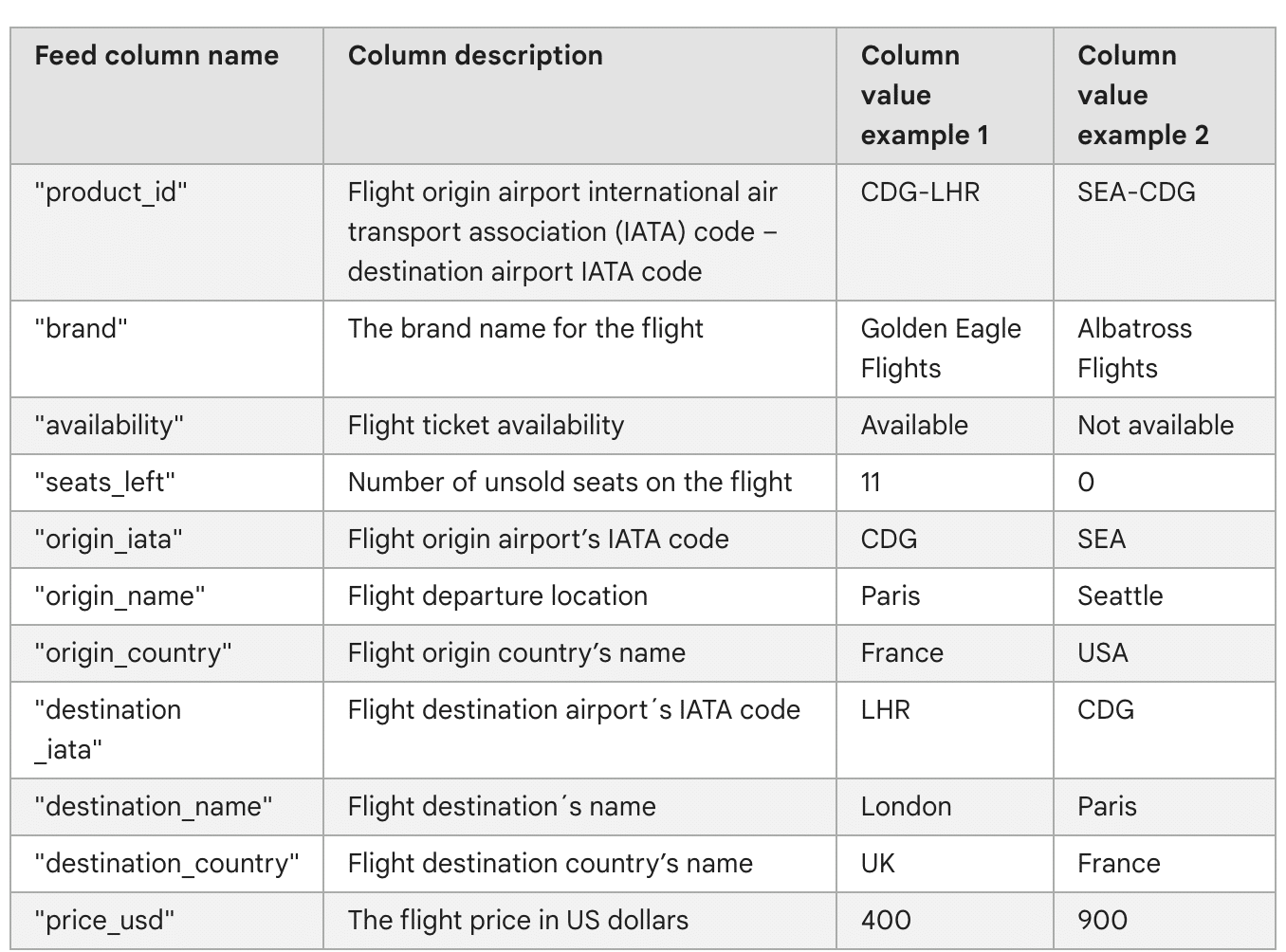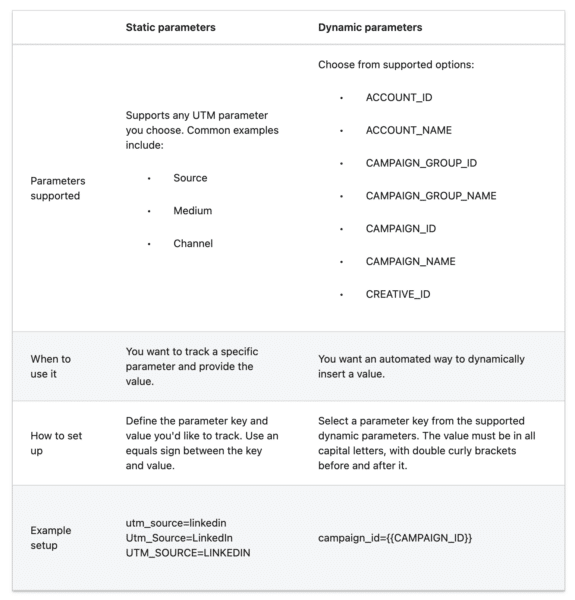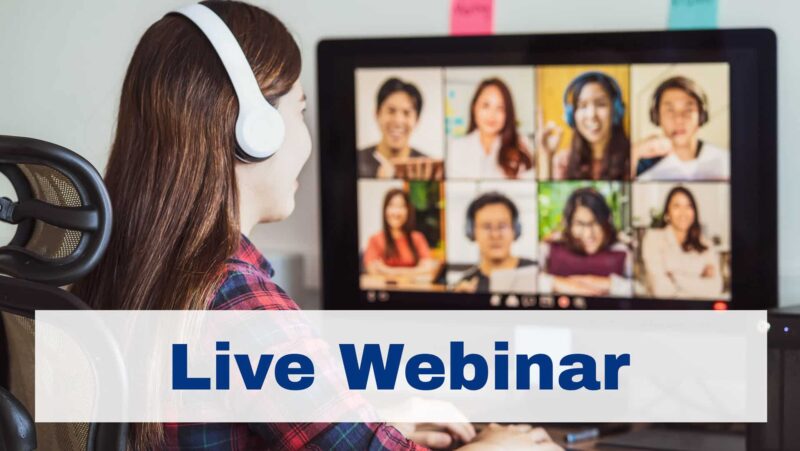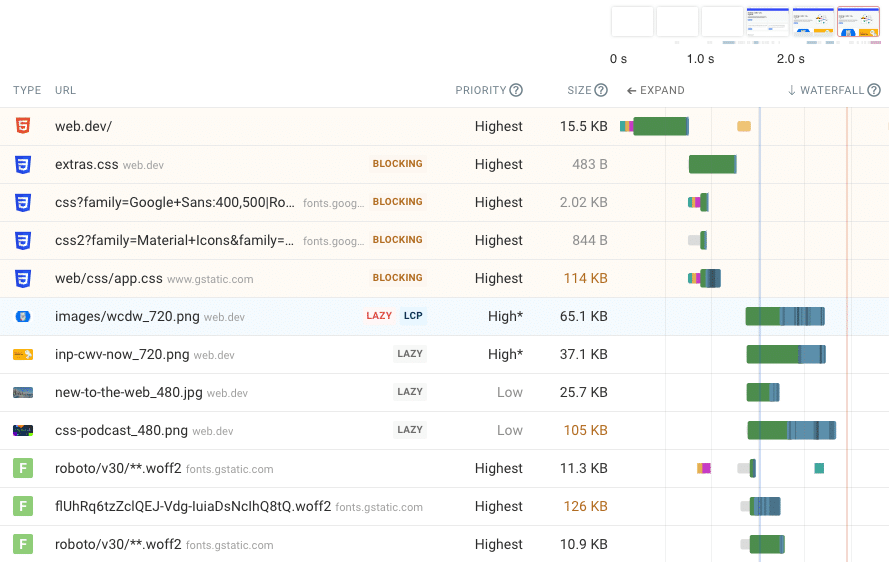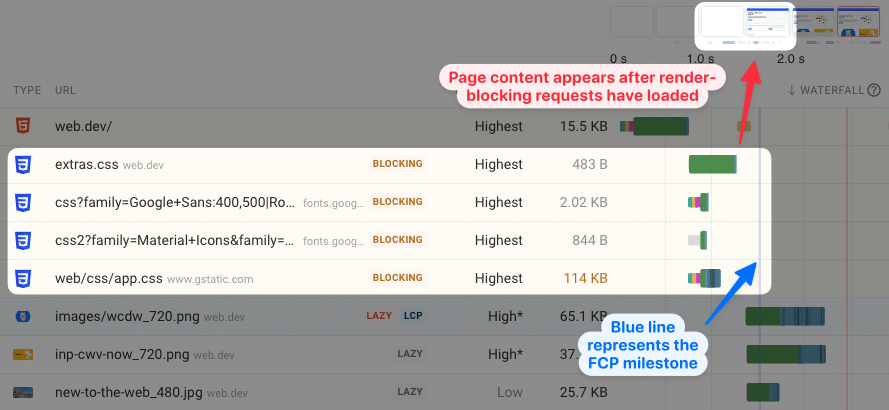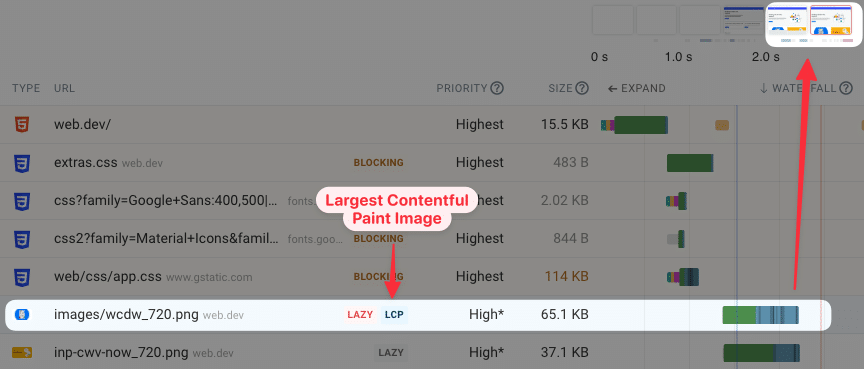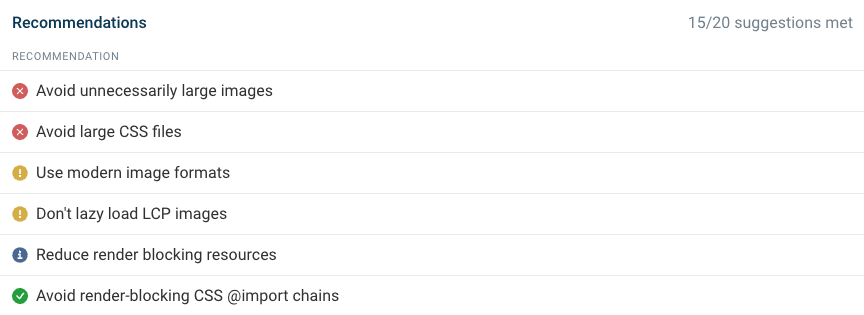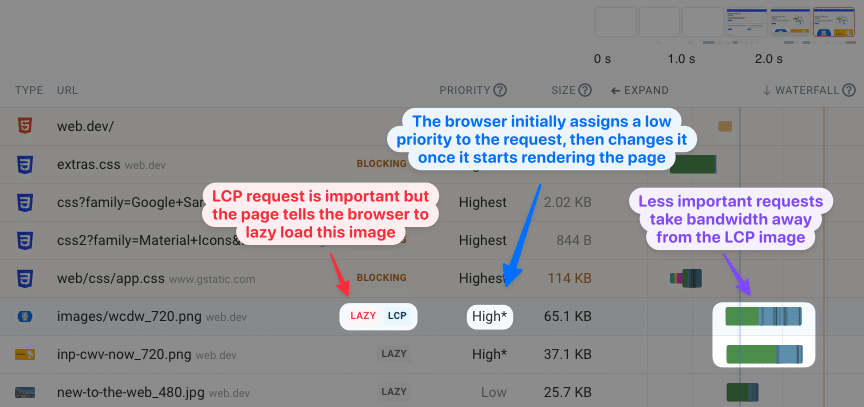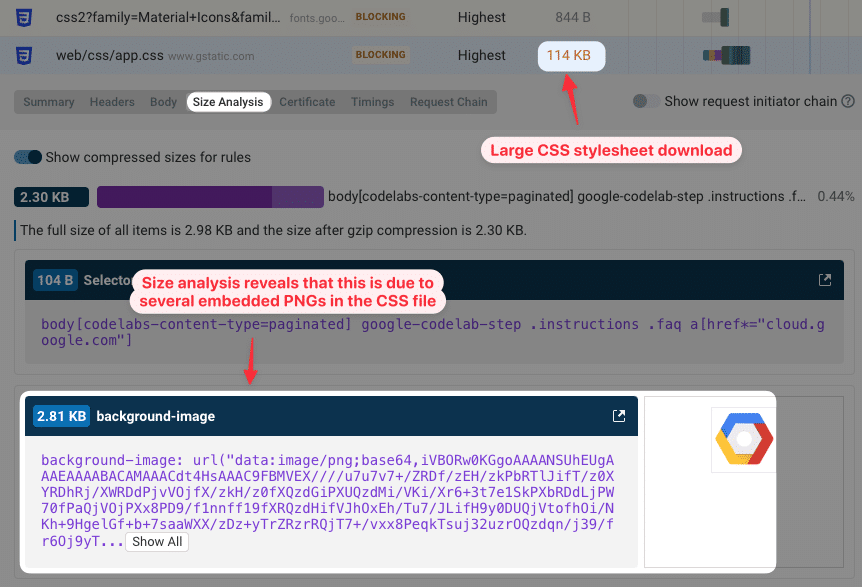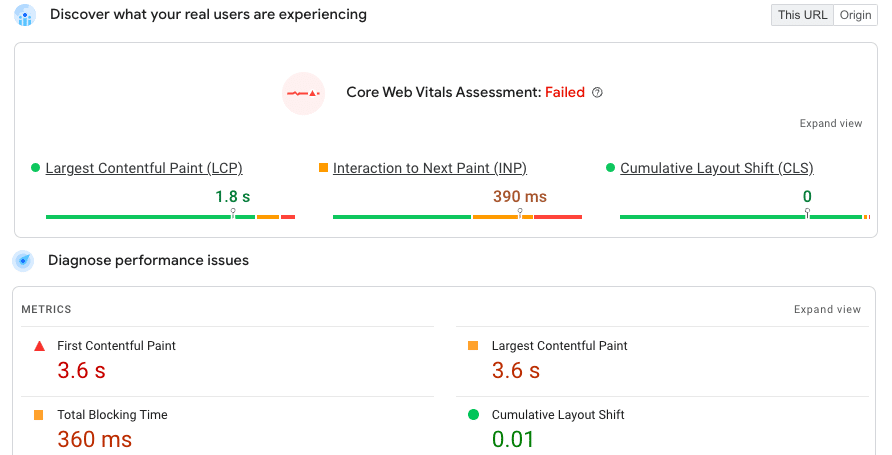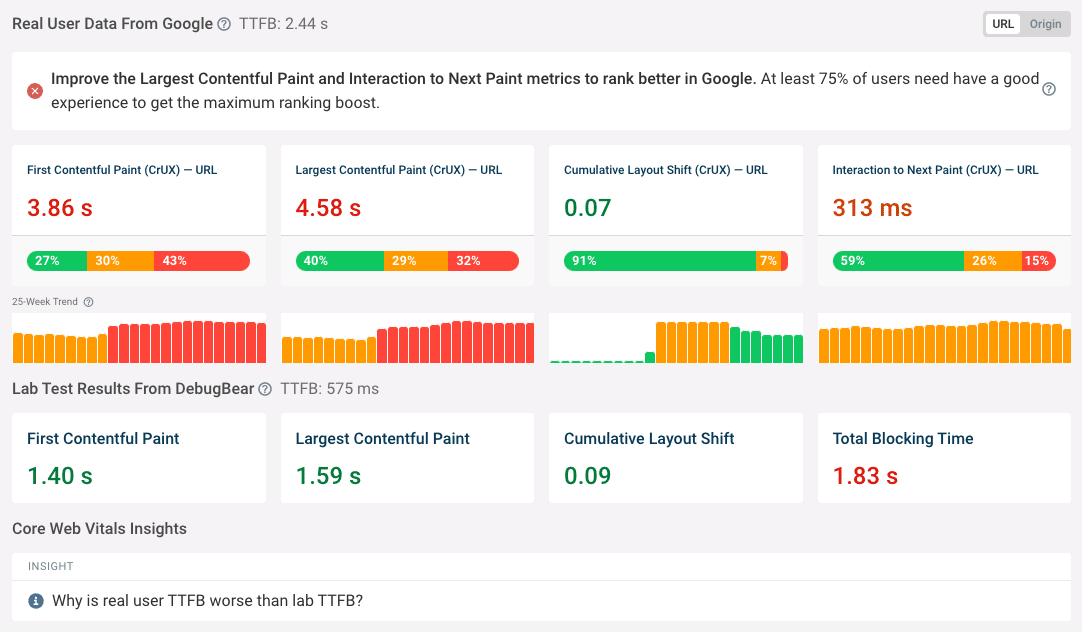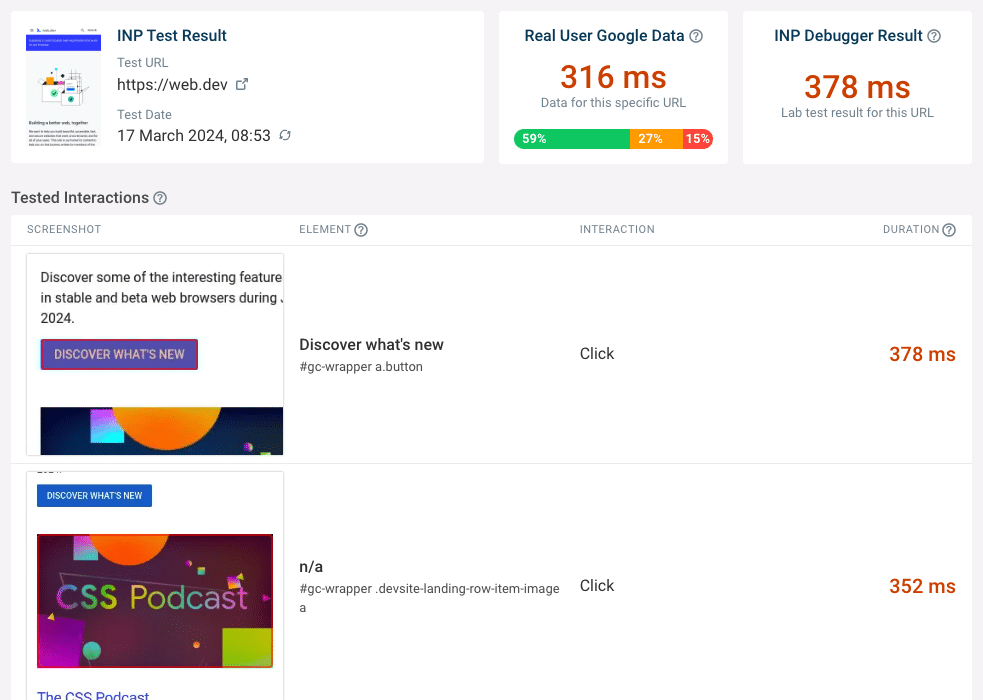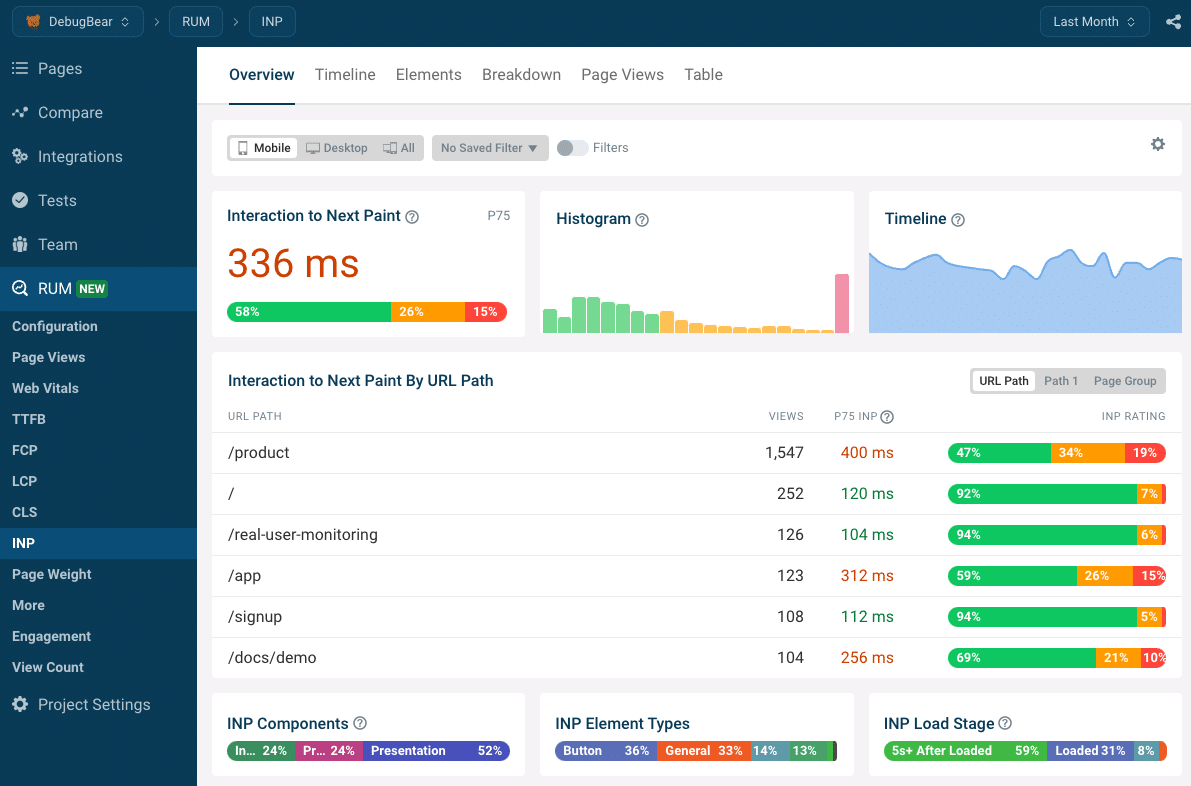Migrating a website is a complex undertaking, but when it involves transitioning global sites across multiple markets, the challenges are exponentially greater.
This article provides a comprehensive guide to maximizing success with global site migrations while protecting organic search traffic.
From the initial planning stages to post-launch monitoring, it covers key actions organizations should take to deeply integrate SEO best practices, preserve URL and content value and streamline the process across international markets.
Site migrations vs. global site migrations
Migration is any significant domain, content or URL changes that typically happen during a website rebuild, consolidation, domain change or move to a new content management system (CMS).
There is enough to go wrong with a single site migration, but it can be disastrous when implemented globally without careful consideration.
Often, multinational companies will deploy the new platform in a smaller single market or region to work out the bugs using beta users or allow a small percentage of users to access the website to stress and function test it.
Before the migration
Your actions during the initial discovery and planning phases can significantly impact the project. The more you can illuminate and integrate global search requirements into the process during this early phase, the less you will have to fix them later.
1. Consider the breadth and timing of deployment
Early on, you should size up how big of a deployment this will be. Will you deploy across all markets (common with a CMS “lift and shift” and simple branding), or will this be a major technology update and a complete architecture or content refresh?
Many experienced managers will deploy the new platform in a smaller single market or region to work out the bugs using beta users or a small percentage of users on the website to stress and function test it.
For a multimarket deployment, timing is very important. Ensure you review the holiday and other seasonal schedules in the impacted markets, as they may differ from the home market.
It is never wise to plan a launch close to yearend or during the summer as many employees have vacation or the entire office shuts down for a week or even a month, negatively impacting resource availability.
2. Ensure SEO best practices are integrated
Expect eye rolls and visible signs of anxiety from teams when SEO integration is mentioned in migration meetings.
Despite their frustration, emphasizing the benefits of integrating search-friendly factors during the design phase is much easier than adapting later on.
Instead of just sharing the latest SEO checklist or random articles with the team, provide specific tasks that need your expertise. This includes:
- Template adjustments.
- Significant content updates.
- URL changes.
This way, your reviews and insights can be seamlessly integrated into the planning process.
We can’t assume developers will make the site fast and mobile-friendly. Even before mockups have been created, work to enforce code, performance and platform adaptability requirements and the requisite QA acceptance testing.
Not every market has super-fast internet or uses desktops, so this foundational performance must be required for the website.
Remind them that many local markets do not have the resources for reviews and functional tests. Hence, the more that can be integrated natively into the deployment, the more it can cascade easily into all markets.
Dig deeper: International SEO: How to avoid common translation and localization pitfalls
3. Identify content edits or new functionality
This is the best time to make sure your wish list for new or modified content for each market is integrated into the workflow.
Share the output of your market-specific keyword research or entity mapping exercises that identified new content or adaptations so the localization and content teams can use them during their editing process.
During a “lift and shift,” when you move content to a new design, check if any content is too long or too short for the new layout. You might need to add more content or trim unnecessary parts accordingly.
If you need new functionality like hreflang or schema, you must make it known during the planning process so any necessary coding or template adjustments can be made.
4. Ensure internationalization readiness
Preparing the new site and templates for internationalization is vital, even though it’s not typically an SEO task. This ensures compatibility with localized content, covering issues like text fitting and handling special characters.
The inability to accommodate this critical set of actions will negatively impact user experience and SEO. The following are some of the key considerations to ensure internationalization:
- Character encoding: Ensuring the entire infrastructure is Unicode (UTF-8) compliant is necessary to support the special characters found in many languages.
- Layout and design: Both elements must be flexible enough to adjust for the expansion, contraction and direction of localized text. I’ve seen cases where, right before launch, there wasn’t enough space for German text or support for right-to-left Arabic. The layout should avoid incorrect breaks between Japanese and Chinese characters.
- Entity-escaping XML sitemaps: This is one of the most overlooked requirements, especially for those launching in markets with special characters. XML sitemap protocol does not support Chinese, Russian or even French and German special characters, so they must be encoded to replace them with an escape code.
- Date, time and number formats: When the primary focus is on the U.S. functionality, consideration may not be given to the different local conventions, including measurements and date formats.
Migration development process
After developing the plan for the plan, the real work starts with the development of technology and content. During this time, the global search team will take a few key actions.
5. Document URLs and content
A common mistake during migration is removing or combining webpages and valuable content, which can hurt rankings and traffic. This often happens when streamlining content and workflows.
The SEO team needs to create a plan to minimize this impact:
- Catalog URLs: Start with collecting all URLs for every market site and a set of performance attributes. You should use multiple sources to compile the list and data – an extract from the CMS, sitemaps, Google Search Console, GA4 and your diagnostic crawler.
- URL decision status: As the content and tech teams work their magic, update your URL list with an outcome status. I typically use Keep/Update/Merge/Remove designations to indicate the action on the page. Any status other than keep will impact the performance of any content on the page.
- Develop URL value scores: For each URL, generate a URL Value Score (UVS). This is a unique weighting for the URL and its content using multiple data points, including keyword rankings, backlinks, traffic, pageviews and sales. The UVS enables you to make data-driven decisions about the URLs and ensure high-value URLs and their content, are redirected or actioned correctly post-migration.
6. Develop an SEO preservation roadmap
Creating a detailed project roadmap for each language or market version is crucial.
Integrate these plans into the main roadmap so everyone understands how optimization fits their workflow. Document each action, including time, for verification.
Dig deeper: 5 international SEO tips that don’t include hreflang
Prelaunch review
The prelaunch review happens in the days leading up to the actual launch. Some companies call all hands on deck to review the entire site, which circles back to the resource issues we mentioned earlier.
In the local markets, there may only be time to spot check, requiring the teams to focus on areas with the greatest impact.
7. Check parent-child relationships
Even simple “lift and shift” migrations can break the parent-child relationships between the main site and localized pages.
This breakage or a delay in the localization process may prevent pages from being available. It also often creates pages that don’t exist or have not been localized, which will cause duplication or indexing problems in the markets.
This is why a detailed URL list and UVS are essential to prevent the loss of critical child-only pages.
8. Preserve and transfer authority and equity
This is a fancy way to ensure all the redirects are implemented correctly.
Most post-launch triages by SEOs identify incorrect or missing redirects as the main cause of traffic drops.
If you have built equity to a page over the years, it must be passed on to the new page for that content.
Post-launch monitoring
You would follow all the standard steps for post-launch checks, but they need to be done on all language and market websites, adding to both the workload and complexity of the verification process.
Despite exhaustive prelaunch checks, there is a high probability something changed during the launch, especially with localized versions of the website.
Often, templates, entire sections or language versions are changed in the hours before launch that need to be identified and fixed.
Below are key elements to monitor:
- Open robots.txt: I have encountered far too many websites that have launched with a correct robots.txt file on the main U.S. website but all the market sites remained blocked. Item one on the checklist is to ensure every version of the website allows access. It is often helpful to share the expected settings to eliminate any confusion.
- Validate hreflang: Especially with CMS changes or regional deployments, ensure your hreflang implementation is correct as it accelerates URL detection and reindexing. Google may consider new URLs as duplicates until it processes your hreflang, making this step important for those using hreflang tags. Most SEO diagnostic tools can validate your hreflang implementation while it is doing other post-launch diagnostic crawls.
- Submit XML sitemaps: Once the site is open for public use, remove any old XML sitemaps and submit new ones, especially if you have made major changes and changed CMS or domains. If you have consolidated or changed domains, you should submit a change of address notification for each old domain.
- Update country/language selectors: Often overlooked in the refresh is the country or language selector either in the footer or on a dedicated page. Ensure any new or consolidated websites or URLs are updated.
Set up your global site migration for success
Global migration is never easy, especially for a resource-challenged organization.
If you can do nothing else, deeply integrating SEO into the workflow early into the process allows it to flow into other markets.
Monitoring redirects and reindexing high-value pages for all markets allows you to detect problems early so they can be fixed.
The preservation and enhancement of those elements that drive performance should be emphasized to align with development, content and localization teams.
Dig deeper: How you can deal with decentralization in international SEO
from Search Engine Land https://ift.tt/9iyu1Of
via
IFTTT
